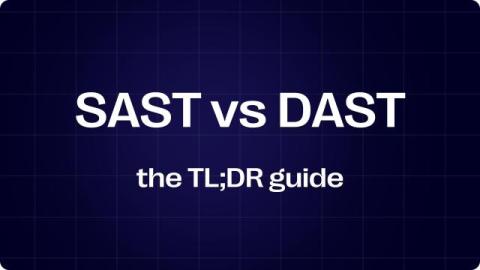In today's ever-evolving digital landscape, teams must have a strong understanding of the security measures that will work best for their environment and how to implement them. During this event, we explore the benefits of utilizing SAST scans and DFPM (Data Flow Posture Management) tools to create robust security guardrails for your organization. Hear from Anirban Banerjee, CEO and Co-founder of Riscosity, and Milan Williams, Sr. Product Manager at Semgrep, as they dive into how teams can approach security investments starting with SAST scans and data flow security.










